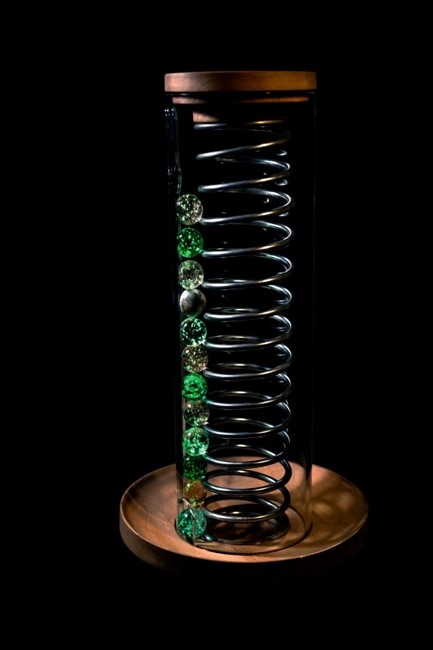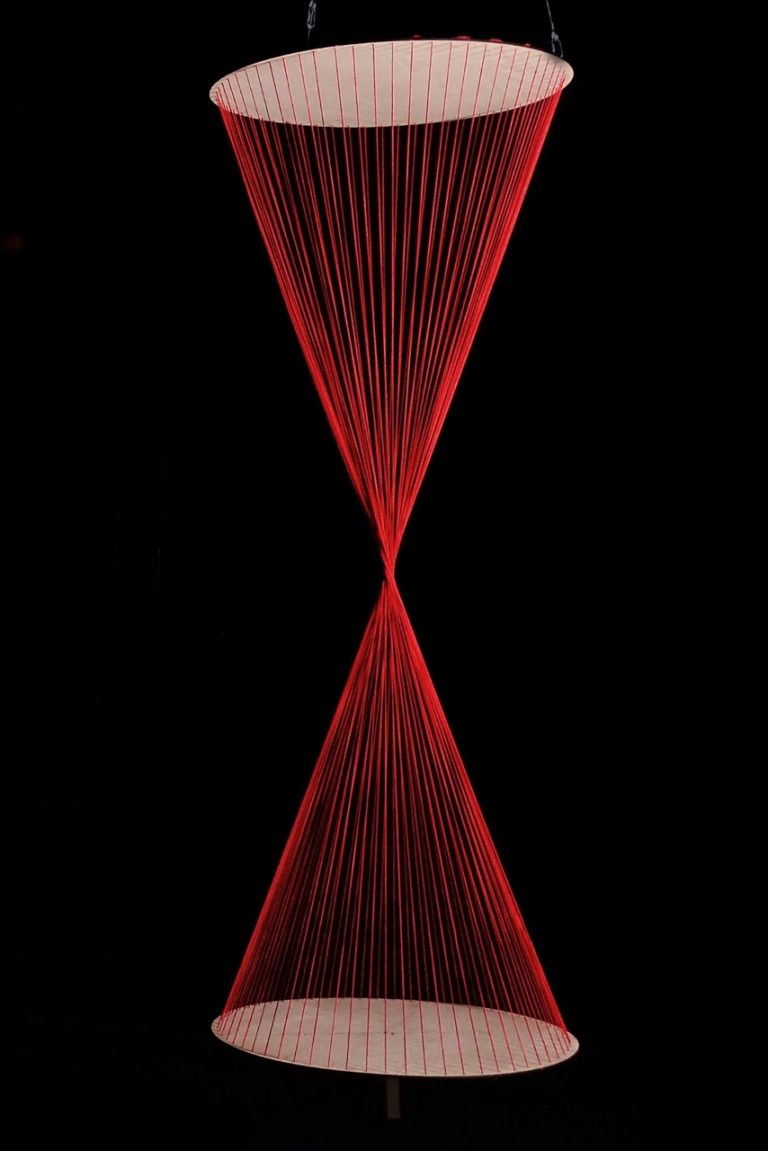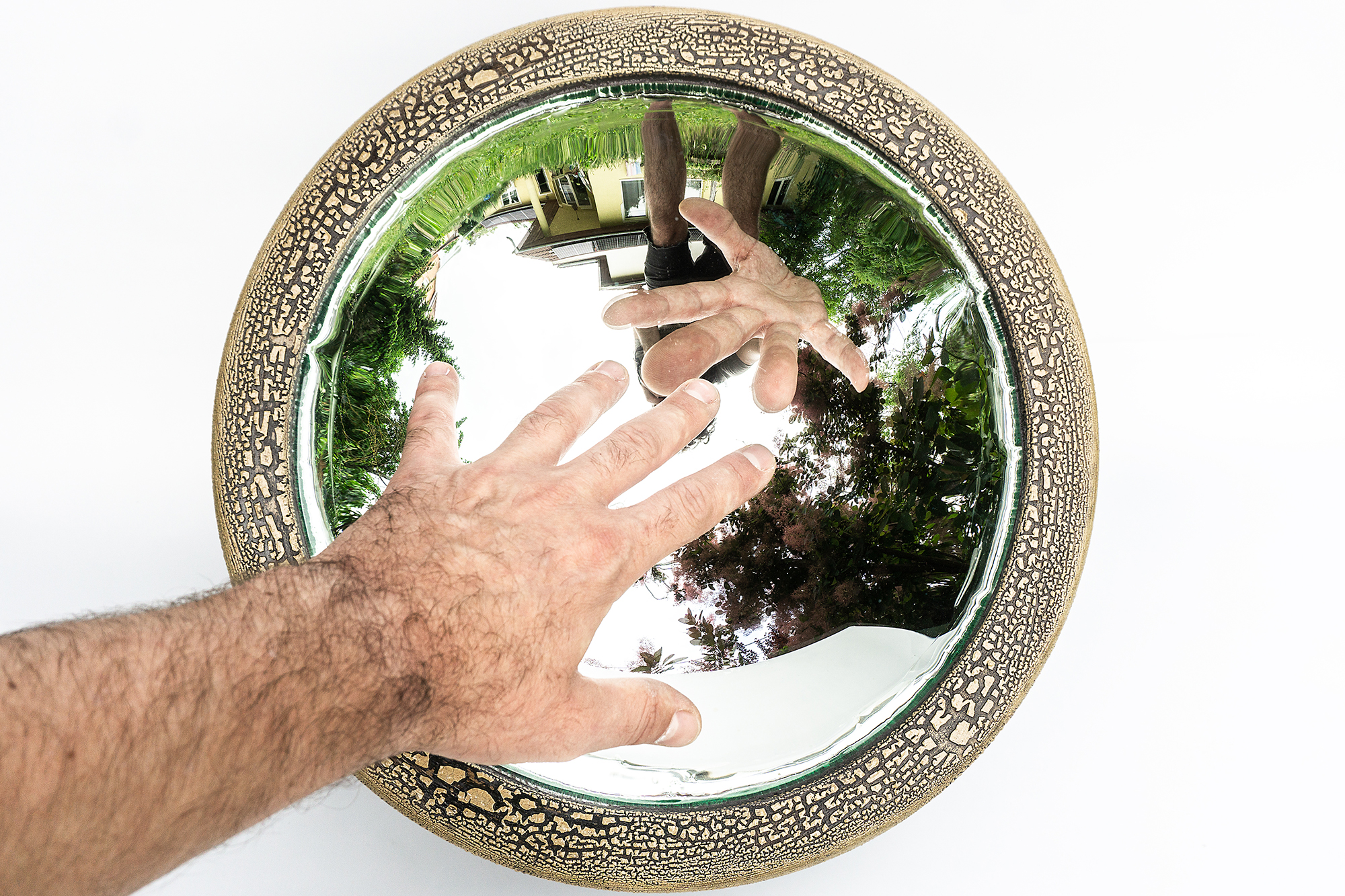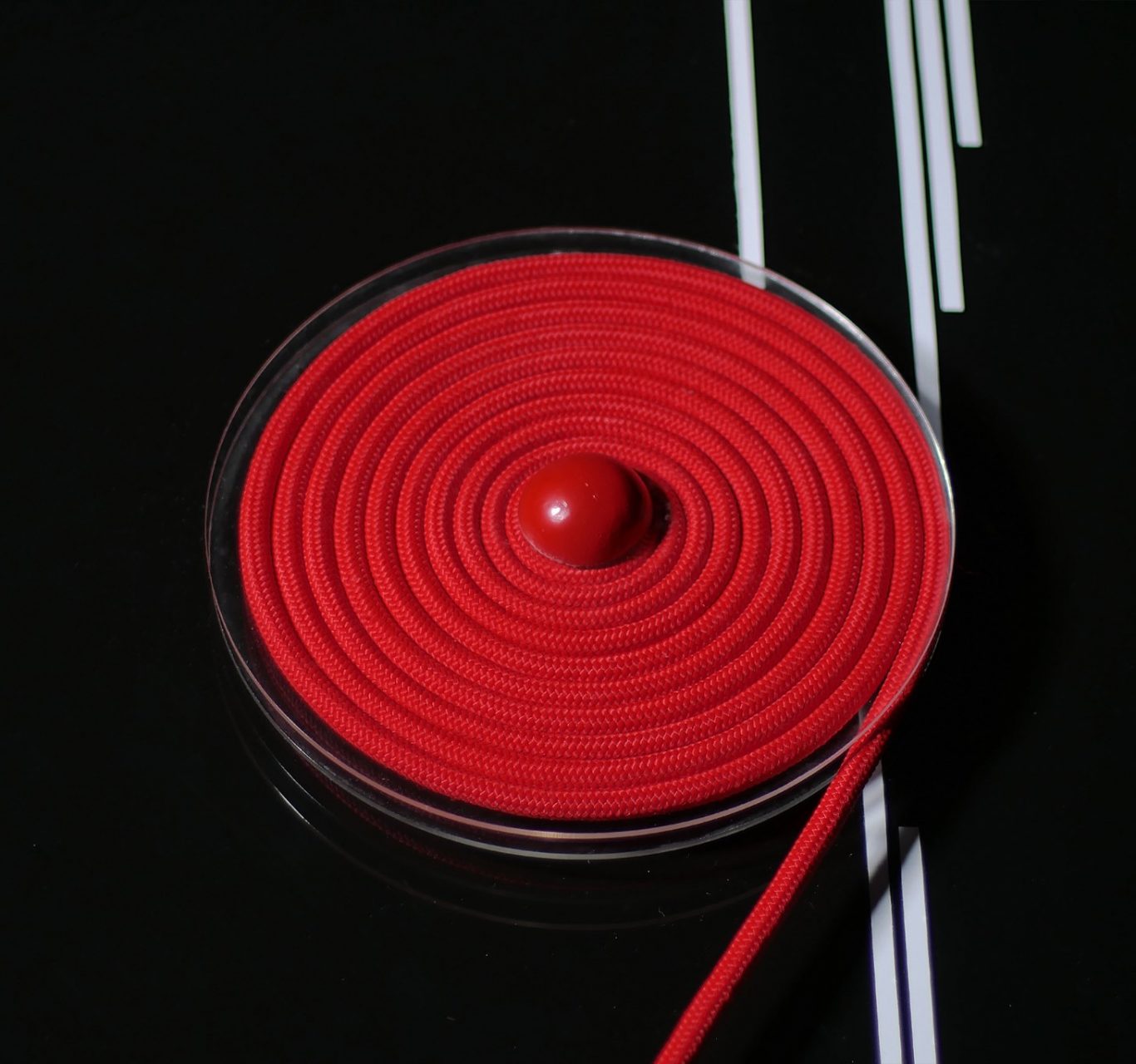
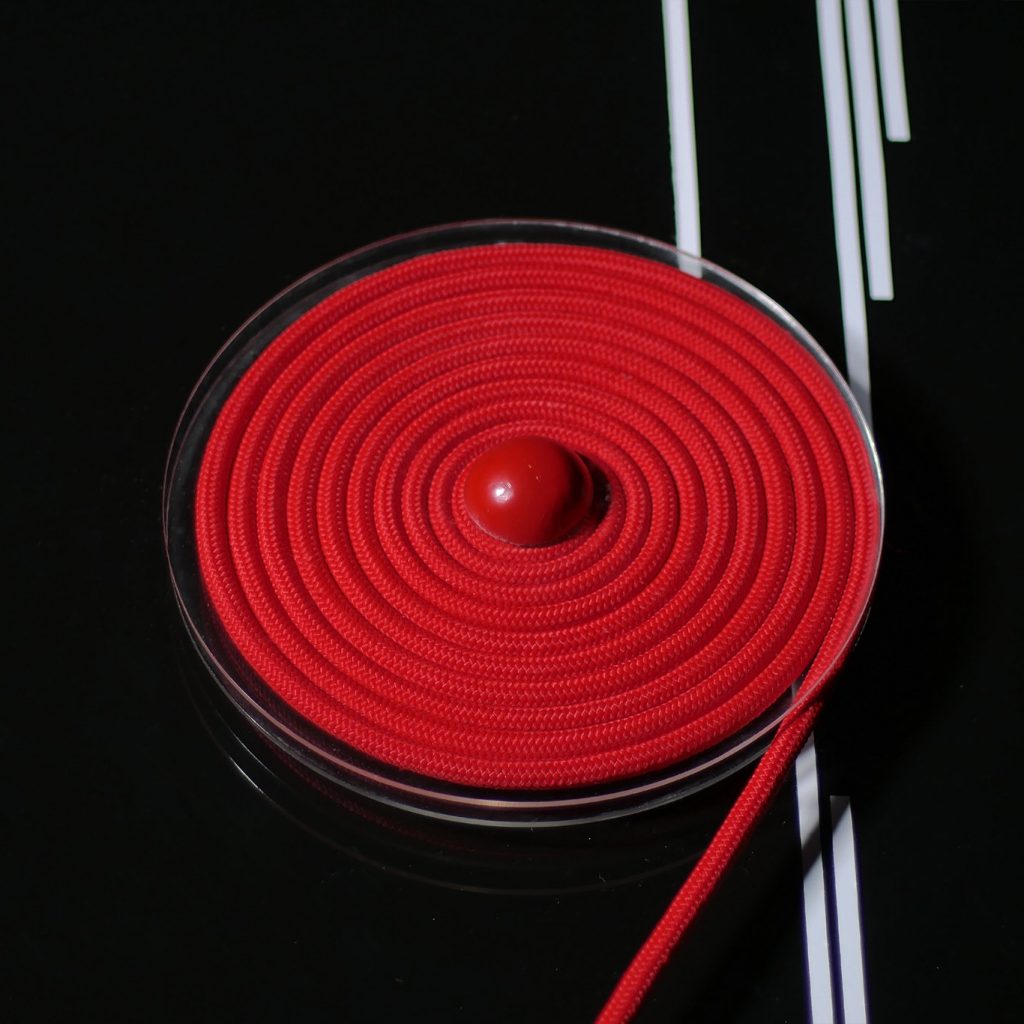
“What matters is to spark a sense of wonder” – interview with semiotician Péter Wunderlich
Péter Wunderlich is a print specialist, book designer-typographer and design theoretician at the same time – not that much of a surprise considering his keen interest in the world of signs and meanings. What do objects tell us, what symbols can we decipher from our surroundings and how is it possible to plan meaning? We discussed semiotics, related research, and his experience as a lecturer, but even the subject of Godzilla, and Bauhaus classes came up.

I bet that to the majority of designers, the word semiotics sounds exotic or the meaning is unclear. How could it be cleared up?
Semiotics offers designers a framework for better understanding their own work, and also for helping others better understand what they are doing and why. Somewhat more specifically, it is the science and the ability of creating and using signs, such as words and symbols, in relation to thinking, communication, knowledge transfer and preservation. Semiotics helps designers study parts of an object and their relationship to each other, as well as the relationship between the object and the world.
It still feels a little vague to me…
First, we need to see that a designer is both the creator and interpreter of signs at the same time. It makes a difference which of the two roles they are taking at any given time. As a creator of signs they need to pay attention to countless design aspects such as sensitivity, motivation, cultural specifics, economic attributes, geographical properties, anthropological and psychological features. Semiotics offers a special, interdisciplinary medium to bound all this together.
And as an interpreter of signs?
Objects around us provide a projection surface requiring interpretation and discourse. In addition to the questions of technology, materials and use, it is important to address meaning as well. That is why semiotics is being taught at several design universities worldwide.
When creating signs, designers not only need to pay attention to the object, but also assess the motivations, cultural specifics, economic, social, psychological and anthropological, etc. features of the target group interpreting the sign.
Although this effort has been generally present at MOME for years, product semantics dealing with meanings is just one of the applied areas of semiotics. Semiotics also includes syntax, which deals with the relationship of the various parts to each other, as well pragmatics as it relates to use and effect. Together they can provide a solid and universal system for designers that could be used for systematic and competent communication and analysis.
Do you see semiotics more as a methodology or as an approach?
Semiotics is not a methodology but rather an approach. We need a radical break with purely functionalist conventions. It is important to incorporate the question of meaning into education and the design discourse. I believe in finding an optimum level of doing this for each design job, asking yourself what the is the right degree of semiotics scrutiny that can be useful for designers. When I applied to MOME’s doctoral school in 2017, I had already been chiefly interested in how semiotics could be integrated into the education system of the university.
Fügedi Balazs: Babilon / Gergely Ábel: Kreatív időmérő / Csiby-Gindele Rebeka: Decima (“Playing with Time” course, MOME, 2020)
What is your experience in this field? I understand you have been teaching first year product designers together with Pál Koós and Péter Vető for the fifth year in a row now.
That’s right. They mostly cover ergonomics, material use and technical properties, while I provide theoretical expert support. What I am trying to do is outline a conceptual framework for students for working on an assignment. This will help them with the rhetoric, research, written and oral communication, and perhaps provide a more holistic approach to the work.
In fact, the design process is shaped by various discourses: you need to discuss design itself and the issues involved in the design concepts.
And in order for a designer to be able to effectively participate in such a discourse, they need to be familiar with the right terms and the product language, and clear about the narrative and storytelling employed. The assignment to design chronometers for the Bauhaus Memorial Year was an example of semiotic thinking in action. Even though drawing inspiration from Bauhaus is a very complex intellectual design challenge, the final products and presentations showed a significant improvement compared to previous years.
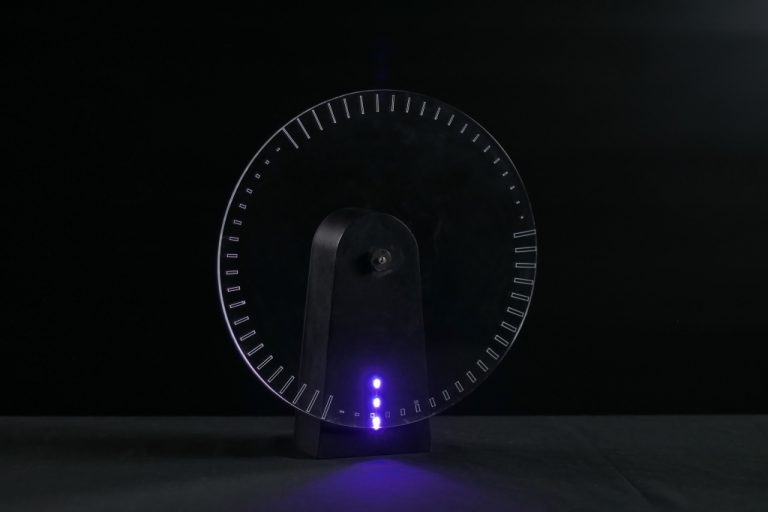
Lőrincz Áron: Composition of Time (“Playing with Time” course, MOME, 2020)
It seems to me that the semiotics approach is something that can give you a push into different avenues. It can guide you to other principles time and again without being exhausted.
Precisely. A ballpoint pen can be a badge of technology, the hallmark of an era, a symbol of knowledge or literacy, but it can also be a murder weapon. You can study a simple object from a large variety of perspectives. The fundamental goal is to help young designers discover interdisciplinarity. They should realise there is a multitude of perspectives they can observe an object from, and should feel encouraged to turn to natural sciences just as freely as humanities. The ability to efficiently synthesise is essential for design work.
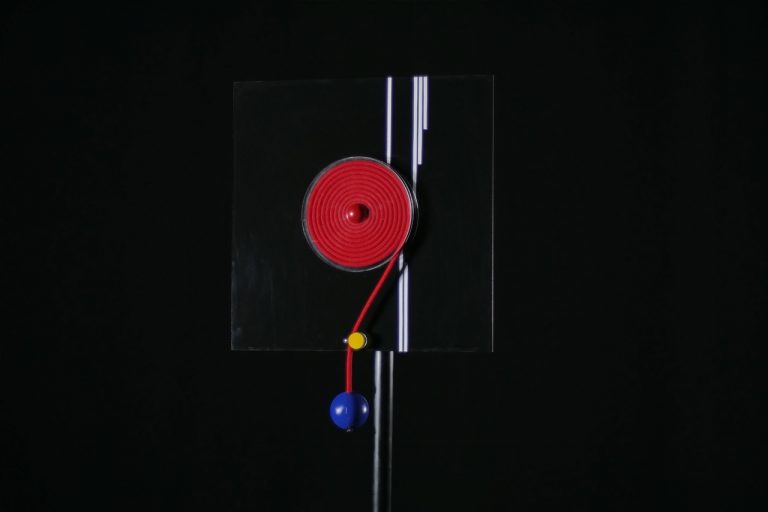
Tarcsi Dóra: Cairoscronos (“Playing with Time” course, MOME, 2020)
There are many who use this approach in design education, just few call it semiotics. From what I see, designs that lack meaning and theoretical context are uncommon at the university.
There have been significant changes in this regard in recent decades. The Institute for Theoretical Studies, and in particular Ágnes Kapitány and Gábor Kapitány have been involved in teaching product semantics and semiotics for a long time. As a matter of fact, Stefan Lengyel delivered a presentation on this subject back in 1989 in Stockholm. It is no coincidence that Ágnes and Gábor were the patrons, and Stefan, the guest of honour of the semiotics conference in December. A good designer will naturally look at the various aspects of their object even if they have never heard the word ‘semiotics’ before. Though surely not absolutely essential, for someone striving for a higher degree of completeness, semiotics is ideal for fine tuning. Say 20 in 100 designers are exceptionally sensitive. They might not need the semiotic approach, because they know what they are doing. The rest, however, need to consider design processes and motives carefully and deliberately in order to prevent cultural blunders or the generation of so much junk.
How does your own research and practice as a lecturer relate to this?
A sense of wonder is a key motif in both. You must let people experience a sense of wonder during research. This sense of wonder overwrites previous experience, resulting in new things all the time.
Experience teaches you all that it can teach you through a sense of wonder. For this reason, what I need to do as a lecturer is not teach students the syllabus, but to help guide them to the path to something important to them.
Just to give you an example, one student analysed the Godzilla phenomenon in their thesis. I suggested we start discussing the subject together once they have explored it in its entirety – not just from a cinematographic point of view but also from a broader cultural and historical perspective. They went from a routine treatment of the well-known Hollywood story to concluding through in-depth research that the original Godzilla film was meant as a creative gesture to heal Japan’s collective wounds after Hiroshima and Nagasaki, whereas the US version is in fact a denial of the trauma the USA caused by dropping the bomb. But there were also theses on the relationship between jewellery and language, the anthropomorphic features of cars or the communicative function of Szekler folk costumes. I had a student who explored the modelling sign systems of Trump’s campaign. In the course of the five years I’ve been teaching here, 10-12 theses have been produced on the subject of semiotics by product design, architecture, graphic design and object design students. I believe that we are dealing with a truly universal super discipline here.

Banner of the ‘Design Culture, Semiotics, Education’ conference (2021, MOME)
Recently, you have even organised a conference entitled ‘Design Culture, Semiotics, Education’. The lineup of speakers also reflected this interdisciplinary approach.
The conference was interesting because it covered both the teaching of semiotics and the education of semioticians. We wanted to see the methodological frameworks existing in education. For example, how semiotics and design culture study can exist side by side, and what links and interfaces the two have. There are some who teach semiotics without using semiotics technical terms. Many are involved in studying it without being aware that’s what they are involved in. We were contacted by illustrious speakers from Italy and Berlin specialising in semiotics within design education. In addition to MOME, nearly every major university in Hungary were represented at the conference in the area of symbol research, anthropology, marketing, education methodology, design theory and arts. Having presentations that reflect on each other was an important consideration. Keynote speakers and presenters were selected by an organisation committee consisting of researchers of the Hungarian Academy of Sciences and MOME. The way I see it, it is impossible to separate theory and practice in this regard.
// /
Semiotics literature recommended by Péter Wunderlich:
Susann Vihma: On Design Semiotics
Sara Ilstedt Hjelm: Semiotics in Product Design
Semiotic Engineering Research Gropup: About Semiotic Engineering
Péter Wunderlich is a doctoral candidate of the Doctoral School of Moholy-Nagy University of Art and Design. His supervisors are Ágnes Kapitány and Márton Szentpéteri.
More information about the ‘Design Culture, Semiotics, Education’ conference: HERE!
Author: Ákos Schneider
